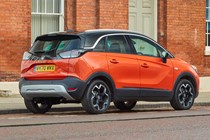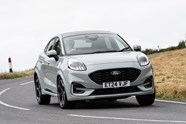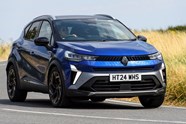
Vauxhall Crossland review
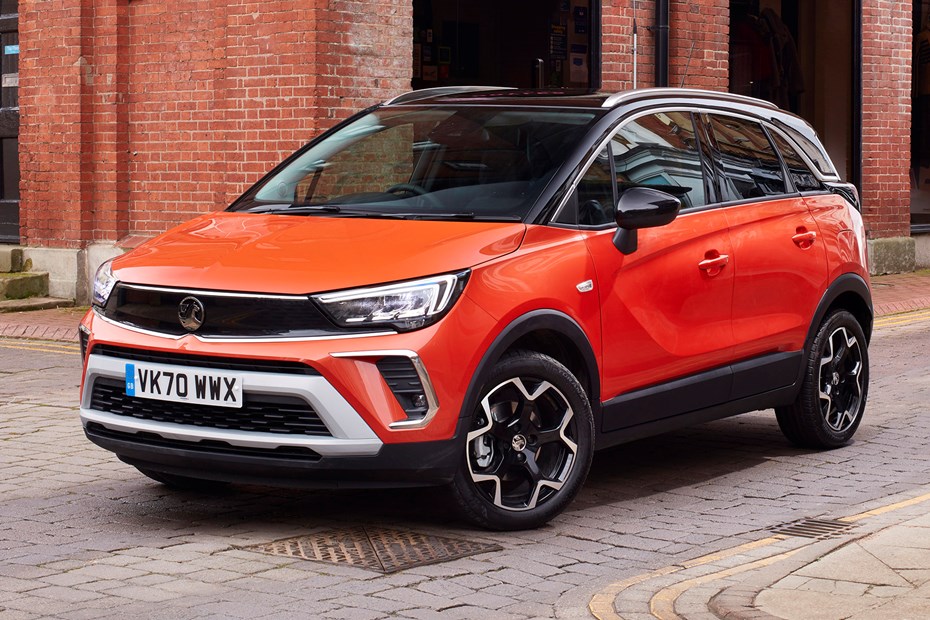
At a glance
| Price new | £18,175 - £31,121 |
|---|---|
| Used prices | £6,765 - £20,622 |
| Road tax cost | £195 |
| Insurance group | 8 - 20 |
Get an insurance quote with

|
|
| Fuel economy | 44.1 - 62.8 mpg |
| Miles per pound | 6.5 - 8.0 |
| Number of doors | 5 |
| View full specs for a specific version | |
Available fuel types
Petrol
Diesel
Pros & cons
- Punchy and economical petrol engines
- Large boot and lots of headroom
- Lots of standard equipment for your money
- Not great to drive
- Dated, uninspiring interior
- The strength of the opposition
Vauxhall Crossland SUV rivals
Overview
Is the Vauxhall Crossland any good?
If you’re in the market for a small family-sized SUV, you’re certainly spoiled for choice. The market is awash with a wide range of options – from Audi to Volvo – to suit all budgets. If it’s a Vauxhall that floats your boat, then there are two options on the table – the Mokka, which has moved into second-generation form, and the Crossland, which has been refreshed for 2021 and lost the X from its name.
Sitting at the entry point of Vauxhall’s SUV range, the Crossland is positioned as a good-value, well-equipped family car that’s easy to drive and cheap to run. It’s up against some extremely talented opposition, and it’s going to be a tough sell – the original Crossland X was launched in 2017 and it was heavily based on the 2013 Peugeot 2008.
The best of the opposition includes the Parkers 2021 car of the year-winning Ford Puma and the excellent Renault Captur, which not only looks good and drives well, but has a high-quality and usable interior. Other notable rivals include the Peugeot 2008, Skoda Kamiq and SEAT Arona, so making a splash in this market – and creating a car worthy of your money – is a very tall order.
- The Parkers guide to SUVs
- Is it worth waiting for a Mokka instead? Here’s what we know
- What are the best small SUVs? FInd out here
What’s it like inside?
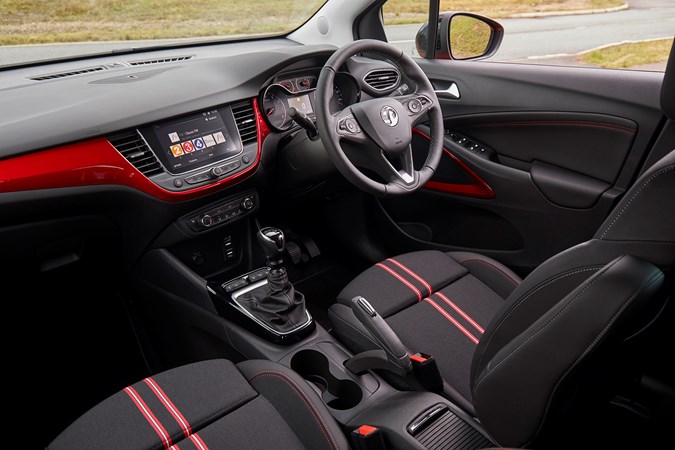
As a car for small families, it works well. Head and legroom in the front are both generous, although rear kneeroom can be a little tight for taller rear-seat occupants. The boot is one of the larger ones for your money at up to 520 litres with the seats up and 1255 with them down – and if you go for the SRi or above, you get a sliding rear seat which trades luggage space for rear-seat legroom.
The driving position is excellent and unusually for an SUV in this class, all-round visibility is good, and aided by a generous glass area. Considering it’s Peugeot-based, the interior is a little lacking in visual interest – you can’t get fully-digital instuments for instance, and the trims and colours are a little on the dour side. The infotainment is good – pacey and easy to use – and you get physical heating and ventilation controls.
Vauxhall is going for value, and the range kicks off from £19,060 for the entry-level SE model. Even in that model, you get an 8.0-inch touchscreen with Android Auto and Apple CarPlay, along with air-con, 16-inch alloy wheels, automatic wipers and LED headlights. That might offset the lack of deep-seated quality, and the extensive use of scratchy, cheap-feeling plastics.
What’s it like to drive?
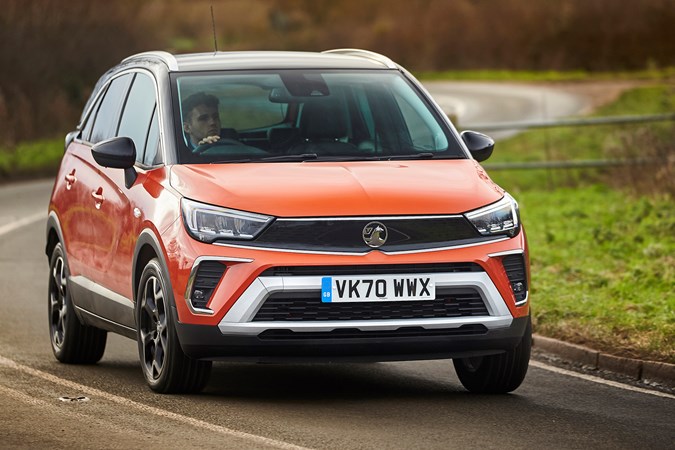
It doesn’t do anything wrong, but neither does it excel, and although most of its rivals drive better, it all feels a bit safe and uninspiring. Vauxhall says the Crossland has received uprated suspension to tighten up the previous model’s tendency to lean in corners and wallow on rougher roads. And although this might be true, there’s still plenty of bodyroll and lack of precision. In short, it’s a fair way behind the best of the opposition.
You get a choice of five engine outputs – the three-cylinder petrol is available in 83, 110 and 130hp forms, while the 1.5-litre diesel comes in 110 and 120hp versions. So far we’ve driven the Crossland SRi in 130hp form, and found it reasonably comfortable on smooth roads, but it can start to get unsettled on more broken surfaces – more so than something like a Captur or Puma. But the good news is that the steering is precise and confidence inspiring and the gearchange is light and easy to use.
Peformance is up to scratch, though. The 130hp petrol engine is available in six-speed manual and automatic forms, and in terms of outright pace, it’s quite quick with a 0-62mph time of 9.5 seconds (9.9 for the auto) and a maximum speed of 125mph. It always feels responsive and is nippy away from the lights, while there’s plenty of power for nipping and tucking in town. On the motorway, cruising is fuss-free at the speed limit and it rarely struggle with inclines or when loaded, although a certain choppiness about its ride means it never really settles down.
What models are available?

The Crossland’s model range follows current Vauxhall thinking and starts in SE guise, leading through SE Nav Premium, SRi Nav, Elite, Elite Nav and topping out at Ultimate Nav. All models come with alloy wheels and LED headlights with auto lighting as standard and Apple CarPlay and Android Auto functionality. Safety kit includes Lane Departure Warning and Speed Sign Recognition.
SE Nav Premium trim adds parking sensors, a reversing camera and LED fog lights as well as a high-spec infotainment system with an 8.0-inch screen and integrated sat-nav. The new SRi Nav gains 17-inch bi-colour alloys and contrasting roof colours, while the Elite gains a leather interior, heated seats and steering wheel. Elite Nav adds wireless mobile phone charging and a 180-degree panoramic rear-view camera.
Finally, for the top Crossland experience, you can go for the Ultimate Nav model, which features Alcantara seat trim, keyless entry and start, as well as silver roof rails.
What else should I know?
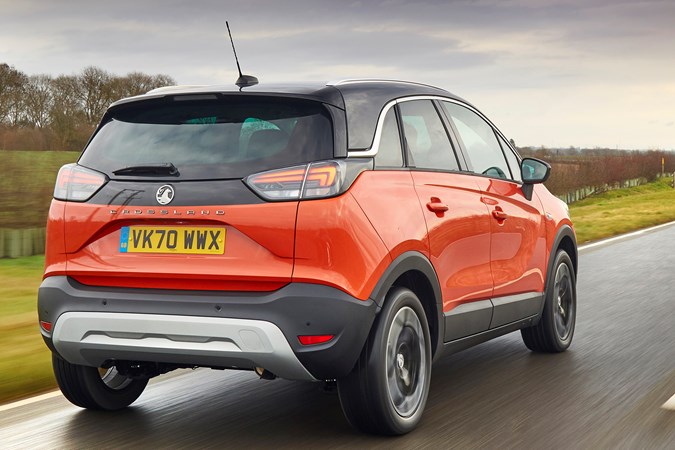
The Crossland’s updates for 2021 were not extensive and you’ll have to wait a couple of years for an all-new one. What we have here is a mid-life facelift designed to give the car more kerbside appeal while bringing it in line with the next generation of Vauxhalls, which will feature bolder, more flamboyant styling.
The biggest change is reserved for the front end styling, which receives what its maker calls a ‘Vauxhall Vizor’ front panel and LED headlights as standard across the range. You’ll have already seen a version of this implemented on the Mokka and Mokka-e, and you can expect it to appear on all new Vauxhalls.
Other changes include new rear-end styling with its Crossland badge laid out across the tailgate – while the standard equipment tally, which was already generous, gets a boost. Finally, there’s an all-new SRi version, which is intended to add a little more excitement into the mix.




